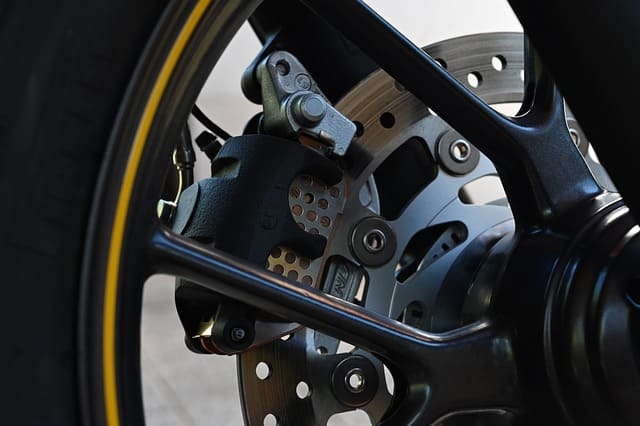Automotive brake systems are essential for vehicle control and safety. A comprehensive understanding of their functionality, especially the master cylinder, is critical for both seasoned car enthusiasts and everyday drivers. This article delves into various aspects of brake systems, including the types of systems, master cylinder anatomy, common brake failure mechanisms, and effective maintenance methods. Moreover, it offers insights into AMSOIL’s approach to fluid formulation and emphasizes the broader importance of peace of mind in brake maintenance.

Types of Brake Systems
Since 1967, automotive brake systems have evolved significantly. Two primary types of brake systems are used in vehicles today: the longitudinally split system and the diagonally split system.
Longitudinally Split System
In a longitudinally split brake system, the front wheels are controlled by one system, while the rear wheels are managed by another. This configuration ensures that if a failure occurs in one section, the other section remains functional, thereby providing a level of redundancy and safety.
Diagonally Split System
The diagonally split system pairs the right front wheel with the left rear wheel and the left front wheel with the right rear wheel. This design ensures balanced braking effort and better control if one section of the system fails. Ensuring any brake system, whether longitudinally or diagonally split, operates optimally requires a thorough understanding of the master cylinder, the heart of the brake system.
Master Cylinder Anatomy
The master cylinder is a pivotal component in automotive brake systems. It converts the driver’s pedal input into hydraulic pressure, ensuring the effective transmission of force to the brake calipers or wheel cylinders.
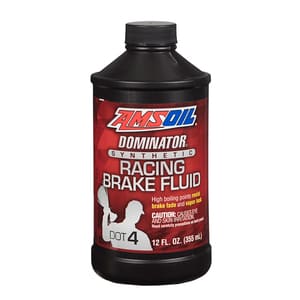
Two Chambers in the Master Cylinder
The master cylinder contains two distinct chambers: the high pressure chamber and the low pressure chamber. Understanding these chambers is crucial to diagnosing and addressing brake issues.
High Pressure Chamber
This section of the master cylinder is responsible for generating the hydraulic pressure necessary to engage the brakes. When the driver presses the brake pedal, the primary piston compresses the brake fluid within this chamber.
Low Pressure Chamber
The low pressure chamber acts as a reservoir, accommodating any excess brake fluid and helping maintain pressure within the system. Any transfer of fluids between the high and low pressure chambers can indicate a malfunction.
Components of the Master Cylinder
Several key components are housed within the master cylinder, each playing a vital role in its functionality.
Primary Piston
The primary piston is the first point of contact when the brake pedal is pressed. It moves within the high pressure chamber to generate the necessary hydraulic force.
Secondary Piston
The secondary piston acts in tandem with the primary piston, ensuring balanced pressure distribution and effective braking performance.
Primary Seal
The primary seal ensures the integrity of the high pressure chamber. It prevents brake fluid from leaking out, maintaining the necessary pressure for effective braking.
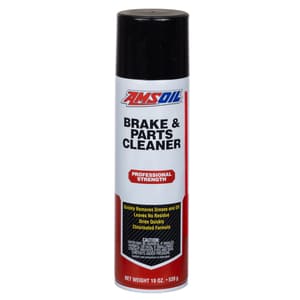
Secondary Seal
Similarly, the secondary seal prevents fluid from leaking between the secondary piston and the chambers it interacts with, ensuring efficient fluid transfer.
Brake Failure Mechanism
One common issue in brake systems is the brake pedal slowly going to the floor. This phenomenon is often caused by a failure within the master cylinder, typically involving the primary seals.
Explanation of Pedal Slowly Going to the Floor
When the brake pedal starts sinking to the floor, it usually indicates that the high pressure chamber is losing pressure. This loss can be traced to faulty seals within the master cylinder.
Pressure Bleeding from High to Low Pressure Chamber
A failing primary seal allows brake fluid to bleed from the high pressure chamber into the low pressure chamber. This leakage results in a loss of hydraulic pressure, causing the brake pedal to slowly sink when pressed.
Role of Primary Seals in Brake Failure
The primary seals are crucial for maintaining the integrity and pressure within the high pressure chamber. Any degradation or failure of these seals directly impacts brake performance, necessitating timely intervention and maintenance.
Addressing Brake Issues
Addressing brake problems promptly is essential to ensure vehicle safety. One crucial aspect of brake maintenance involves replacing the brake master cylinder and flushing the brake system.
Replacing the Brake Master Cylinder
When the master cylinder’s seals fail, replacing the entire unit is often necessary. This process involves:
- Removing the old master cylinder: Carefully disconnect the brake lines and mounting bolts.
- Installing the new master cylinder: Secure the new unit in place and reconnect the brake lines.
Flushing the Brake System
Flushing the brake system removes any contaminants and air bubbles, ensuring optimal brake performance. This step is vital after replacing the master cylinder.
Bench Bleeding Technique
Ensuring the master cylinder is free from air bubbles before installation is critical. The technique to achieve this is known as bench bleeding.
Importance of Bench Bleeding
Bench bleeding removes any trapped air within the master cylinder, which can otherwise cause spongy brake pedal feel and inefficient braking.
Step-by-Step Process
Attaching Lines to Master Cylinder
- Secure the master cylinder in a vise: Ensure it is stable and level.
- Attach bleed tubes: Connect tubes from the outlet ports back into the reservoir.
Pushing In and Out on the Cylinder
- Push the piston repeatedly: Use a tool to slowly push the piston in and out, forcing air bubbles out of the hydraulic system.
- Observe fluid movement: Continue this process until no air bubbles are seen in the fluid.
Purpose: Removing Bubbles from Chambers
The primary goal of bench bleeding is to ensure that the high and low pressure chambers within the master cylinder are free from air bubbles, which can compromise braking efficiency.
Continuing Until All Bubbles are Gone
Persist with the bench bleeding process until the fluid flowing through the bleed tubes is clear of air bubbles. This ensures that the master cylinder is primed and ready for installation.
AMSOIL’s Approach to Fluid Formulation
AMSOIL’s commitment to innovation and quality is evident in their approach to fluid formulation. They meticulously adjust their products to meet the specific needs of various automotive components.
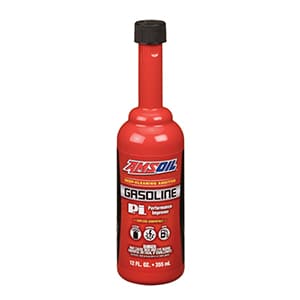
Focus on Equipment Needs
AMSOIL’s formulation strategy begins with an in-depth understanding of the equipment’s requirements. This includes evaluating the unique demands of different vehicles and their components.
Adjusting Formulary to Suit Specific Requirements
By tailoring their products to meet specific needs, AMSOIL ensures optimal performance and longevity. This adaptive approach sets them apart in the automotive industry.
Product-Specific Considerations
Different automotive applications require tailored solutions. AMSOIL addresses these diverse needs through their specialized product formulations.

Fuel Additives
Addressing Deposit Issues
Fuel additives are designed to combat deposit build-up within the fuel system, ensuring efficient combustion and engine performance.
Engine Oils
Adapting to Specific Engine Types
Engine oils are formulated to meet the unique demands of various engines, whether in passenger vehicles, trucks, or motorcycles. This includes considerations for temperature, load, and component wear.
Motorcycle Oils
Consideration for Clutch Performance
Motorcycle oils must also account for clutch performance, ensuring seamless power transfer and longevity of components.
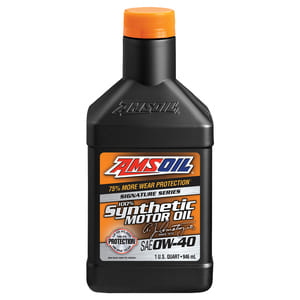
AMSOIL’s Testing Process
AMSOIL’s rigorous testing process underscores their commitment to quality and reliability.
Building Engines for Testing
They build engines specifically for testing purposes, allowing them to simulate real-world conditions and evaluate product performance.
Rigorous Testing Procedures
AMSOIL subjects their products to stringent testing protocols, far exceeding the typical use cases of everyday drivers. This ensures their products perform reliably under extreme conditions.
Putting Products in Extreme Situations
By testing their oils and additives in harsh environments, AMSOIL guarantees their products can withstand the most demanding conditions, providing peace of mind to their customers.

Importance of Peace of Mind in Brake Maintenance
Maintaining your brakes ensures not only your safety but also that of your passengers and other road users. Proper maintenance and high-quality fluids are essential for optimal brake performance.
Emphasizing the Role of Proper Brake Fluid
The right brake fluid, free from contaminants and air bubbles, is crucial for efficient braking. Regular maintenance and the use of quality products can significantly impact your vehicle’s safety and performance.
Accessing AMSOIL Products
For those seeking peace of mind in brake maintenance and overall vehicle performance, AMSOIL offers a range of high-quality products tailored to meet your needs. Visit bestengineoilintheworld.com for more information and to explore their extensive product lineup, ensuring your vehicle remains in top condition.
Proper brake maintenance is crucial for the safety and performance of your vehicle. By understanding the intricacies of your brake system, including whether you can bleed brakes from the master cylinder, you can ensure your brakes function effectively, providing peace of mind on every journey.

